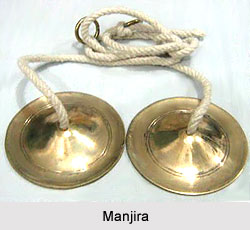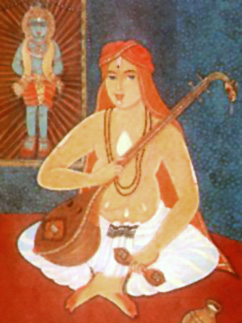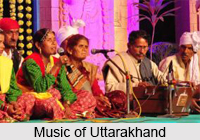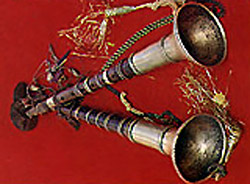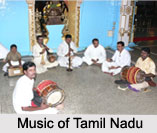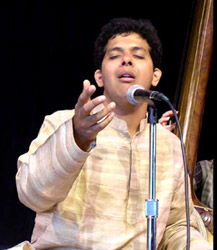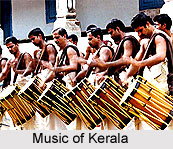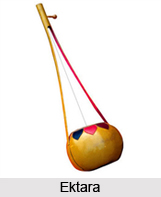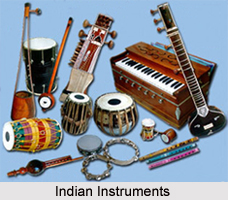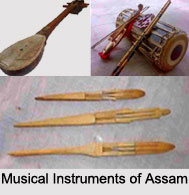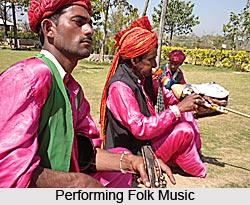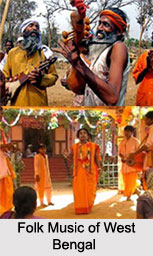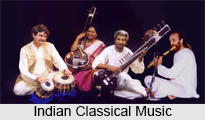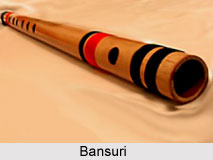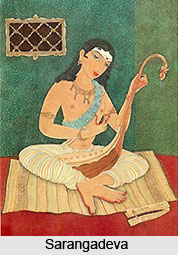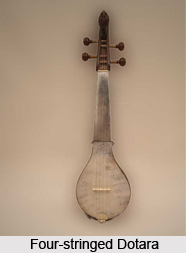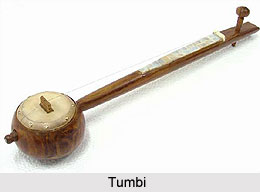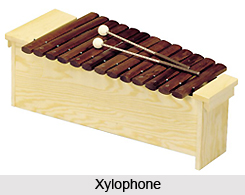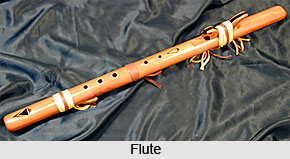 Flute in Indian Classical Music has long been in use. The playing of the flute is at least as old as the Vedas. The Yajurveda includes in the list of occupations the playing of Veena, venu (flute), and mridanga (drum), and the blowing of conches for signals and ceremonies. In its earliest form, the instrument was a long reed, open at both ends and played vertically. This was the type of flute popular among various Asiatic peoples of ancient times, including the early Egyptian dynasties. In eastern Asia, a different type of flute was known. It was also played vertically, but it had a closed resonating chamber with five or six finger holes.
Flute in Indian Classical Music has long been in use. The playing of the flute is at least as old as the Vedas. The Yajurveda includes in the list of occupations the playing of Veena, venu (flute), and mridanga (drum), and the blowing of conches for signals and ceremonies. In its earliest form, the instrument was a long reed, open at both ends and played vertically. This was the type of flute popular among various Asiatic peoples of ancient times, including the early Egyptian dynasties. In eastern Asia, a different type of flute was known. It was also played vertically, but it had a closed resonating chamber with five or six finger holes.
In China, an instrument known as the hsuan was used in temple music. From this hsuan, a variant known as the ch`ih was developed. This flute had a resonating chamber, and both of its ends were plugged. Midway along the tube was a mouth hole, to each side of which three finger holes were placed. The instrument thus became a transverse flute. When Buddhism reached China from India in the first century B.C. and was approved as one of the state religions, the ch`ih became associated with it and was eventually transported to India. The transverse position of the instrument was accepted there, but the mouth hole was moved to the left, the right end was unblocked, and the finger holes were placed between the mouth hole and the open end. The tube no longer was a resonator, and the result was a vertical flute blown transversely.
This particular flute is depicted in Buddhist art of the first century B.C. in India at Sanchi.
It is also pictured in murals in the Buddhist caves at Ajanta and Ellora (which date from the second century B.C. to about the eighth century A.D.). In these murals, the flute is played by human and celestial beings, both as accompaniment to vocal music and as a part of instrumental ensembles.
For several centuries, it has been recognized as the instrument by which the playful deity Krishna entices his devotees to him. The next chapter in the history of the flute allegedly began when a flute was made with seven holes, on which it was possible to play the seven svaras easily. The flautist played the seven pitches in ascending order by closing all the holes and opening them in succession from right to left toward the mouth hole. During one period in the history of the Indian flute, a different instrument was needed for each different scale. It later became the practice to produce semitones by partially closing and opening the finger holes. Thus, any scale could be obtained on a single instrument. Later, with the addition of an eighth hole to the flute in South India, an additional lower-octave pitch was made available. All subsequent Carnatic flutes have had eight finger holes. The usual range of such flutes is two and a half octaves, the range of most human voices.
In its latest form, then, the Indian flute is a cylindrical tube of uniform bore, closed at one end. It is made of straight, clean, smooth bamboo that is free from notches or other flaws. Some of the flutes used in the North, especially those used in eastern Bengal, are longer than those of the South. In most parts of the country, flutes are played at a slight declination from the horizontal. Among concert instruments today, the flute enjoys the same solo status as the Veena in the South and the various stringed instruments in the North. The most prominent South Indian flautists are T. R. Mahalingam, N. Ramani, and T. Viswanathan. The most famous North Indian flutists are the late Pannalal Ghosh, H. Himangshu Biswas, Hari Prasad Chaurasia, and Vijay Raghav Rao, G. S. Sachdev, a disciple of Vijay Raghav Rao, is teaching flute in the United States, as is T. Viswanathan. The reed instruments important to contemporary Indian classical music are of the double-reed type.
